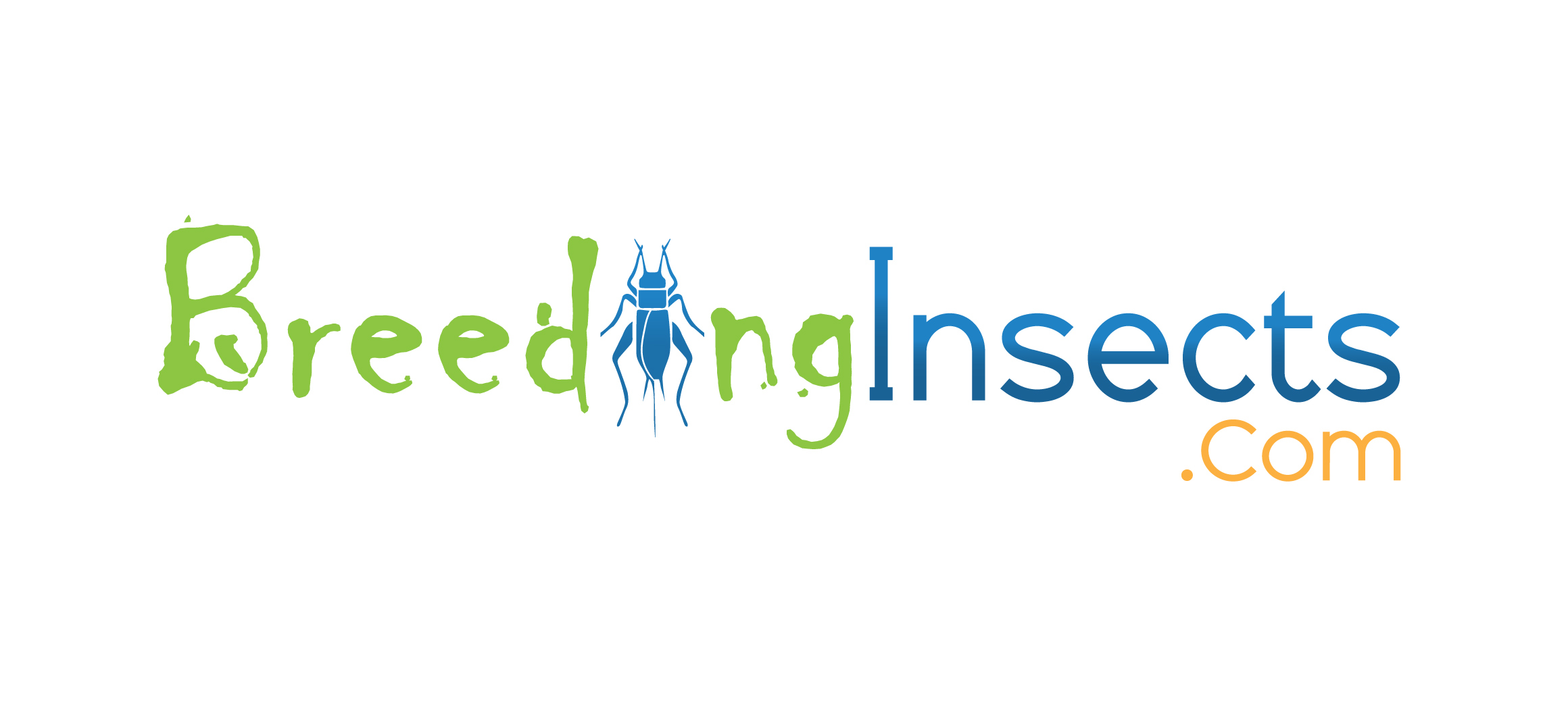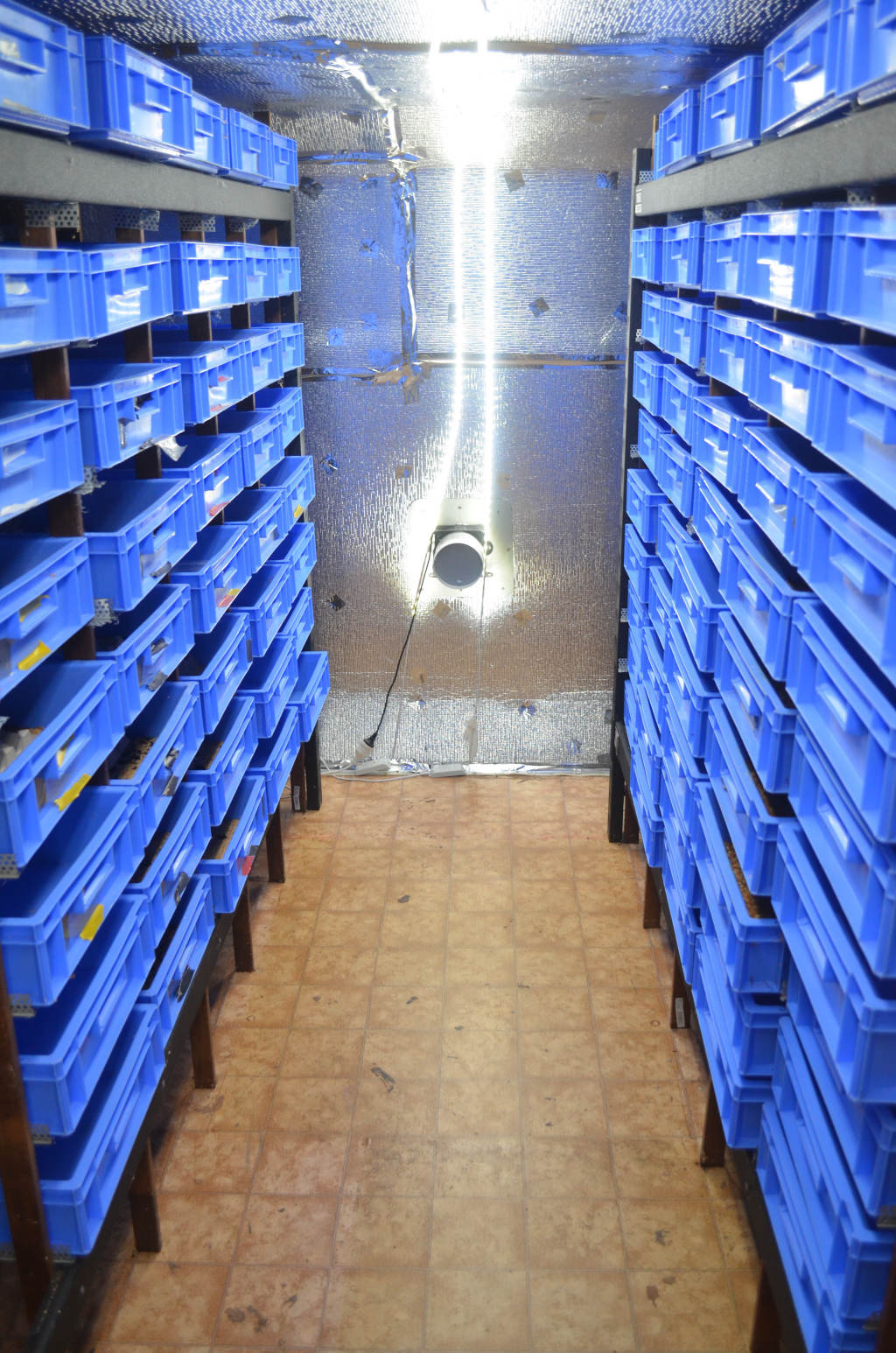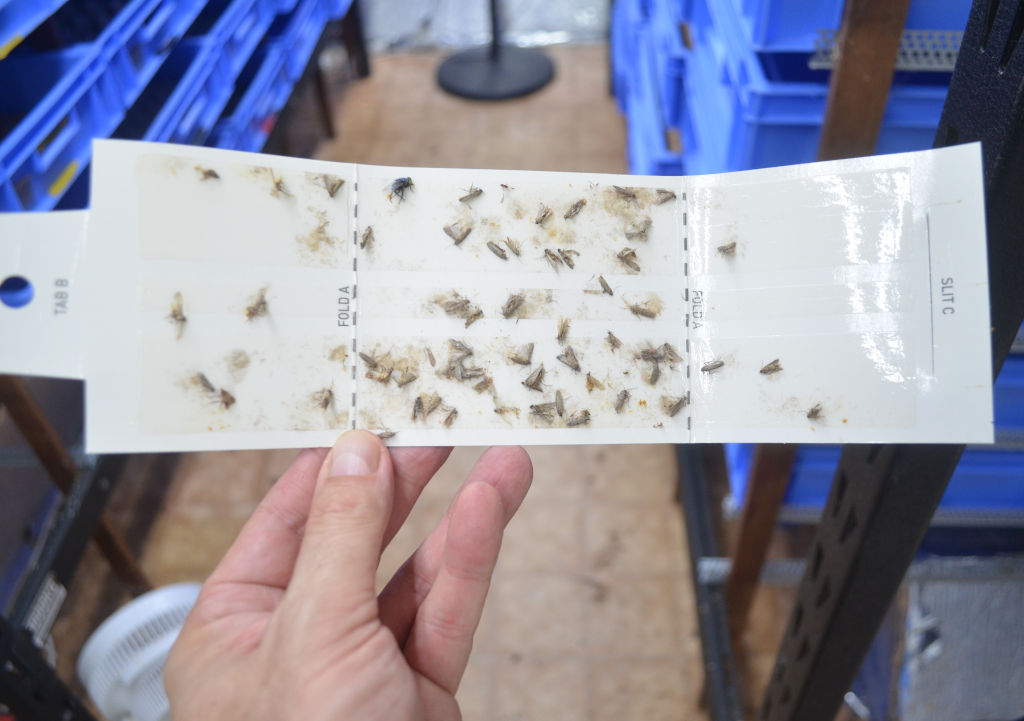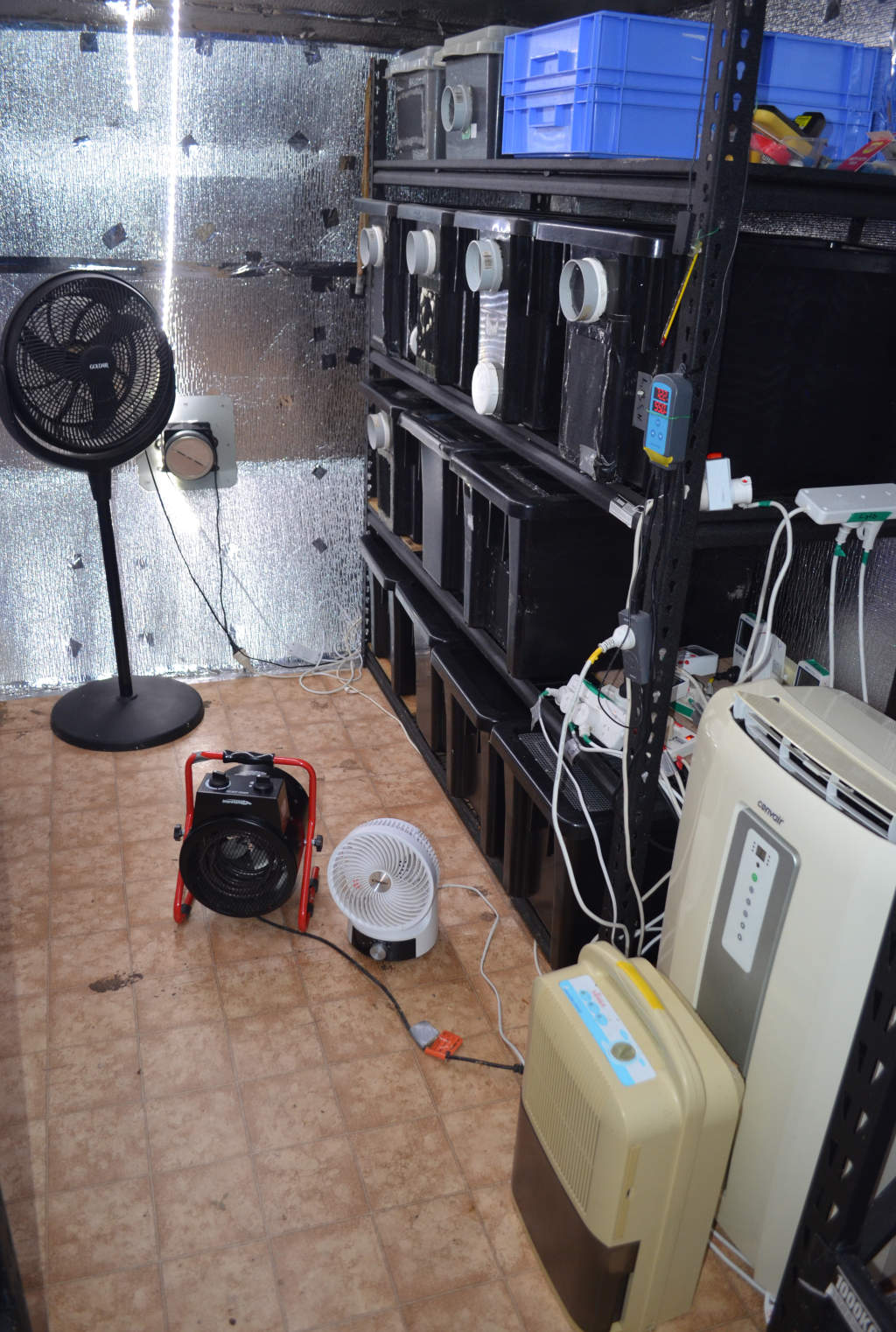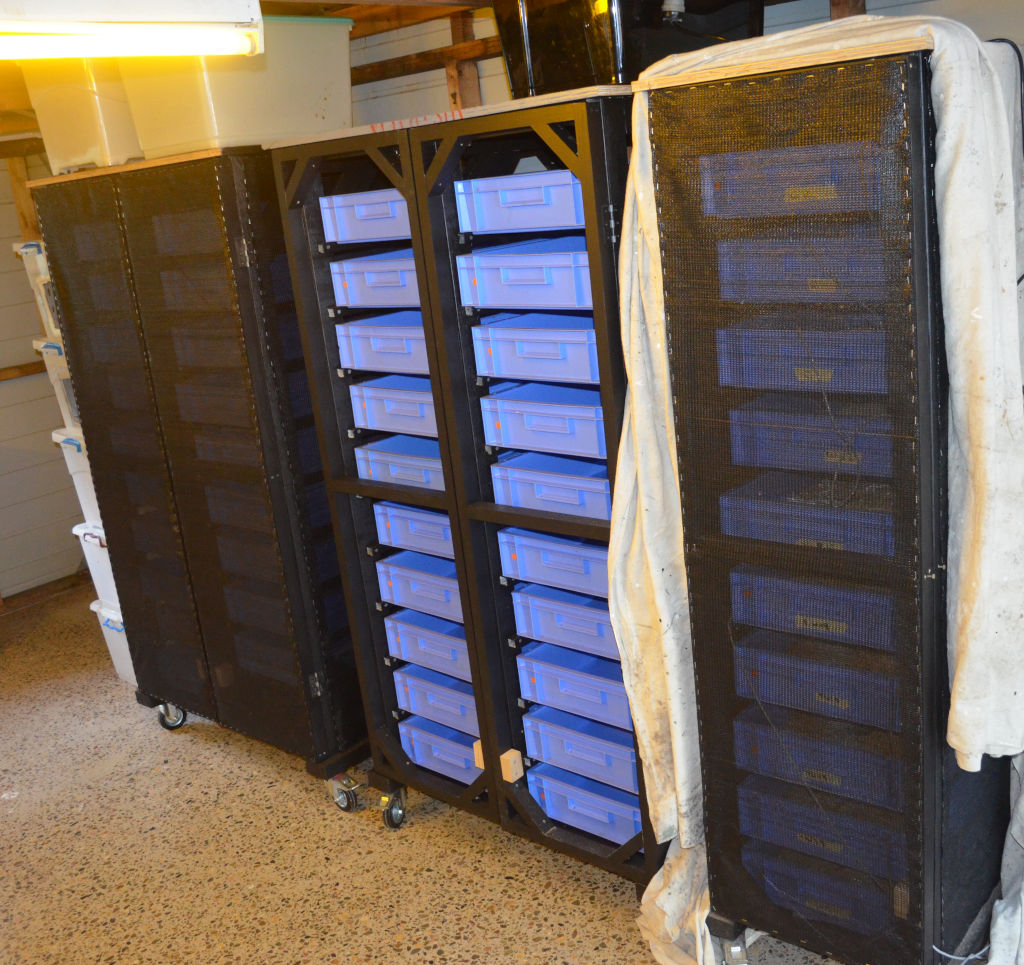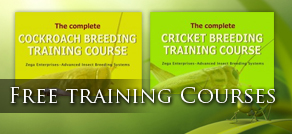In addition to this, breeding crickets and other feeder insects has a steep learning curve which can end in disaster if you don’t have the right information. Below we discuss the most common mistakes made by feeder insect breeders, and how to avoid them:
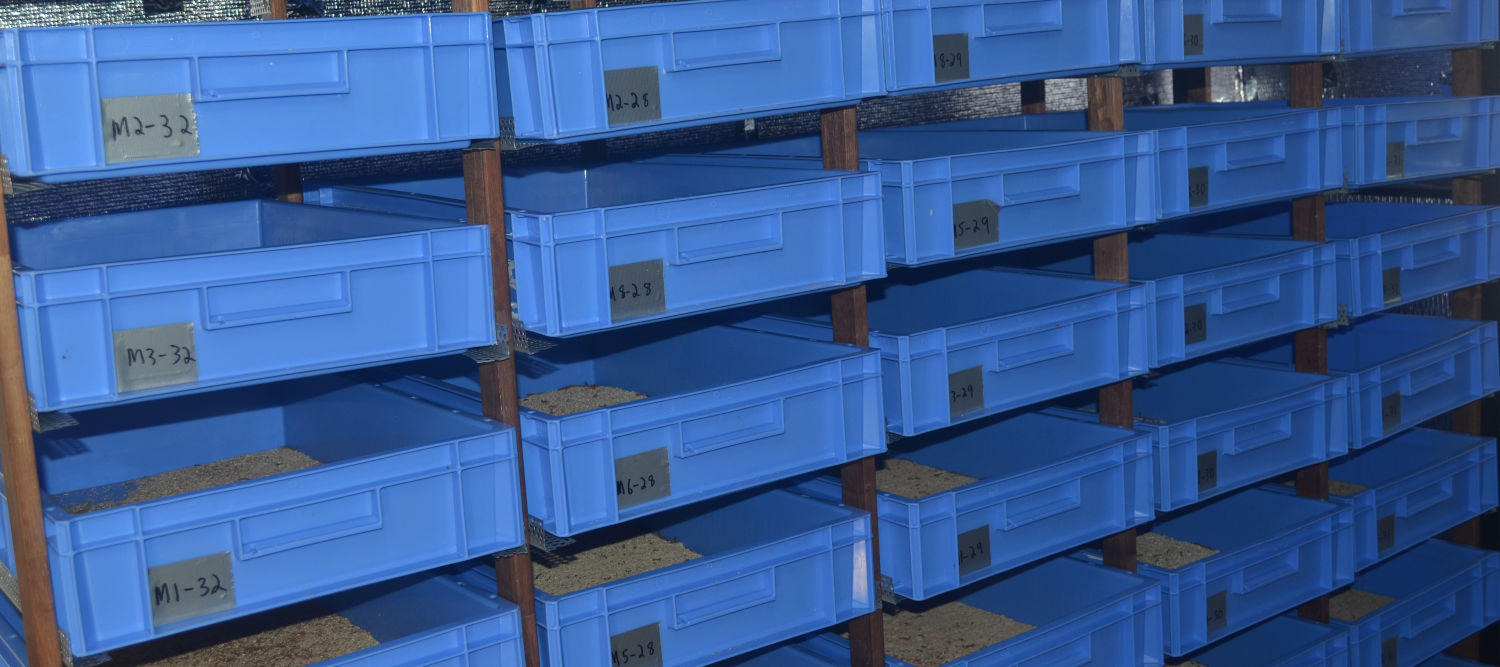
Prevent Devastating Pests, Increase Profits, and Work Smarter Not Harder
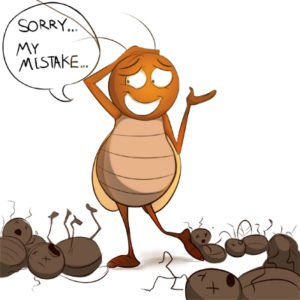
If you want to produce feeder insects for profit, the reality is that your clients will expect healthy insects that are produced consistently and at a low price. To compete with other feeder insect breeders, you need to know how to breed insects efficiently.
Mistake 1- Learn the Skills on a Small Scale Before Expanding
Each operation will have a unique set up, climate, operator skill level and running costs. We recommend that you first determine your market, income and expenses on a small scale first; then expand after you have the experience behind you.
We have many people contact to say they found a big supplier of insects and need to breed insects straight away to meet demand. We also get the same people contact us 3 months later saying they have had a big mold or mites infestation which they cant control. If you are an existing commercial breeder, trial new techniques before applying them to your whole operation.
Learn the skills first…before expanding…
Mistake 2- Learn to Detect and Manage Pests Before they take Hold
One of hardest mistakes we learnt was that pests can become a much bigger problem as you increase the scale of your operations. For instance, we had a major pest infestation which seemed impossible to manage and nearly ended our operations.
After a long period of trial and error, we learnt how to detect their presence; prevent their entry, and how to manage them before they become established. There are a number of pest you need to manage, so having the right information is essential.
Click here for tips on how to Prevent Pests.
Mistake 3- Be Efficient and Avoid Re-inventing the Wheel. Learn from Other People’s Experience
Many people don’t invest in getting the right information and will spend years with unnecessary trial and experimentation. At Wildlife Hub we have spent over 13 years streamlining the process with automated food and water dispensers, efficient and low maintenance systems.
We have also learned ways to greatly reduce or remove some of your major expenses. For instance; did you know there is new solar technology that can heat a facility both day and night and in cool climates virtually free from the sun.
After doing the hard yards, we thought it was important to document our methods so others did not have to spend years in wasteful experimentation. That is how our feeder insect book and video series was born. After you gain your own experience you will invariably change and adapt things, however having a tried and tested method to start with will save you a lot of heartache.
Mistake 4 – Not Checking your Competition and Potential Markets
Before starting or expanding your operations, you need to know what markets are available to you and what competition you have. After all there is no point starting a small commercial facility when a much larger facility that produces a cheaper product is just around the corner.
On the other hand, there are a lot of potential markets available to you which may not be obvious. For instance, did you know that breeding crickets for human consumption not only gives you a new market but could be potentially 4 times more profitable. Read this article to find potential Markets to Breed Insects.
Mistake 5- There are 3 types of Insect Farms which Affect Consistency and Susceptibility to Pests
Open farm systems (sheds with gaps at roof and floor joins) and Semi-Open Systems (Gaps blocked with wire etc) will have very different management strategies than closed farms (solid walls and no gaps). For instance open and closed systems have opposite humidity issues (one low one high humidity) and temperature management (adding heat, cooling).
We have had a number of clients who have had pests in open or semi-open farms that have devastated their operations. We have operated all three types of farms and have developed solutions to many of these issues. More importantly we can predict and prevent them from happening in the first instance.
Other Common Mistakes
- Breeding Multiple Species: Most pet stores and wildlife groups want multiple species (ie crickets, mealworms and cockroaches). If you only breed one species you may not get the contract. Breeding multiple species can increase maintenance times significantly and can be difficult to do in the same space (ie different climate and container needs). Consider going in partnership with another breeder to specialize where one of you breed crickets and the other breeds crickets. Once we have set up our directory page it will help breeders and clients connect each other.
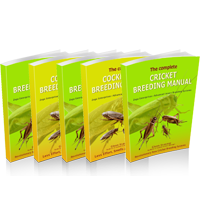
Learning to Breed Feeder Insects Efficiently and Increase Profitability
It can take many years to learn how to breed insects efficiently, learn how to avoid the pitfalls and increase your profit. Fortunately, at Wildlife Hub we have already done this for you so that you don’t have to learn from the “school of hard knocks”.
Our information will provide you with a tried and proven method to build your business. For more details on our feeder insect breeding books and video series Click here.
The Worlds most Comprehensive Insect Breeding Guides (Crickets, Mealworms, Cockroaches)
For instance our cricket book has more than 160 pages and 240 color photos our insect breeding book series set the benchmark for insect breeding. To see why our books is the most comprehensive book you can buy on the topic, Click Here. We also include a free book sample to show you the contents page and start of the book.
Free Insect Breeding Courses
For more information on how to breed crickets, get your free 9 lesson today. This training course has videos and lots of useful information which covers:
- How a conventional cricket breeding system works
- How our proprietary cricket breeding system works
- Cricket biology
- Container design
- Feeding, gut loading
- Heating
- Pest management and lots more…
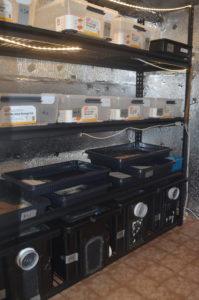
Why not Turn an Expense Into Income?
For Information and advice on commercial production, Click Here. We have been breeding insects to Zoos, Wildlife carers, pet stores and the public for over 14 years.
We can show you how to build a profitable insect business. See below how you can follow our latest project converting a 20 foot caravan into a profitable insect business.

